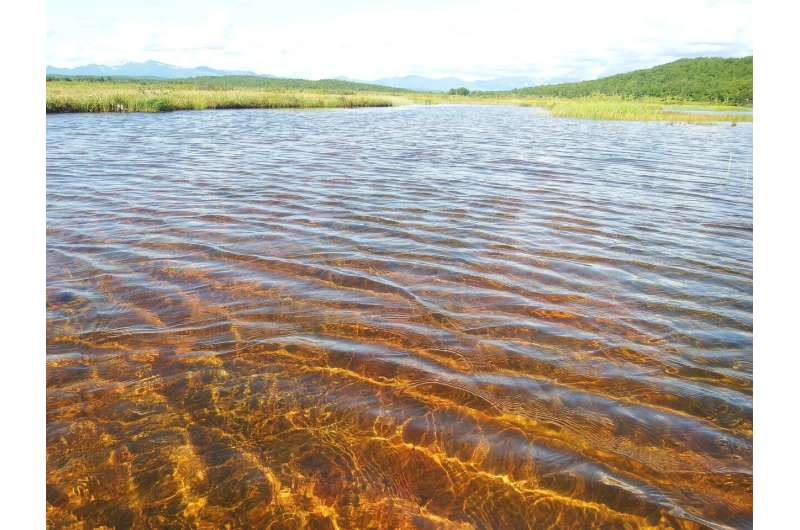Credit: Pixabay/CC0 Public Domain
Broadband mode extraction, including the horizontal wavenumber and modal depth function estimation, is a classical research task in shallow-water acoustics. Traditional approaches require a priori waveguide environment, a large-aperture array or a moving source.
Recently, researchers from the Institute of Acoustics of the Chinese Academy of Sciences (IACAS), collaborating with researchers from Scripps Institution of Oceanography, U.S., presented a mode extraction method using vertical line array (VLA) combining multi-frequency information based on block sparse Bayesian learning (BSBL).
The proposed compressive sensing method did not require a priori information of sea bottom, motions of the source, and source locations (namely range and depth).
Researchers proposed the BSBL based on the fixed point update rule and then extracted the horizontal wavenumbers from the VLA-received broadband signals.
In simulations, compared with the KRAKEN calculation, the horizontal wavenumbers estimated by BSBL were in good agreement with the theoretical results. The percentage errors across the frequency band 200~220 Hz for the extracted modes were all lower than 0.3%.
Based on the shooting method, the BSBL could be used for any sound speed profiles of water column.
The method has potential applications in geoacoustic inversion and source localization with extracted horizontal wavenumbers and modal depth functions. It is able to adapt to the shallow-water waveguides for known arbitrary sound speed profiles of water column.
The research was published online in Journal of the Acoustical Society of America.
More information: Haiqiang Niu et al. Block sparse Bayesian learning for broadband mode extraction in shallow water from a vertical array, The Journal of the Acoustical Society of America (2020). DOI: 10.1121/10.0001322
Journal information: Journal of the Acoustical Society of America
Provided by Chinese Academy of Sciences
























